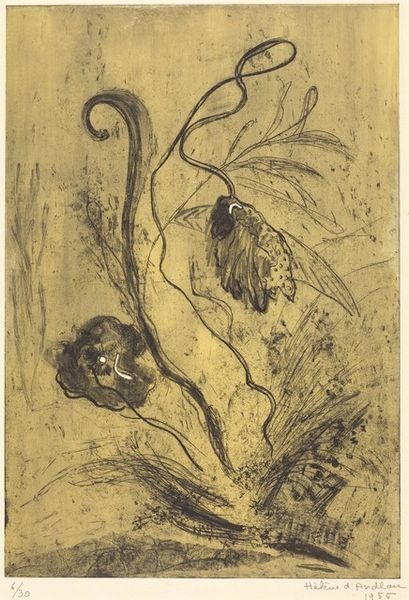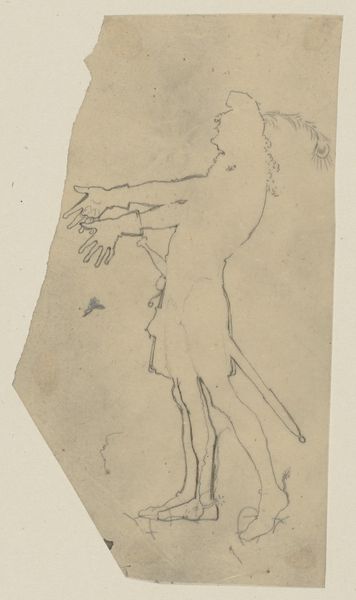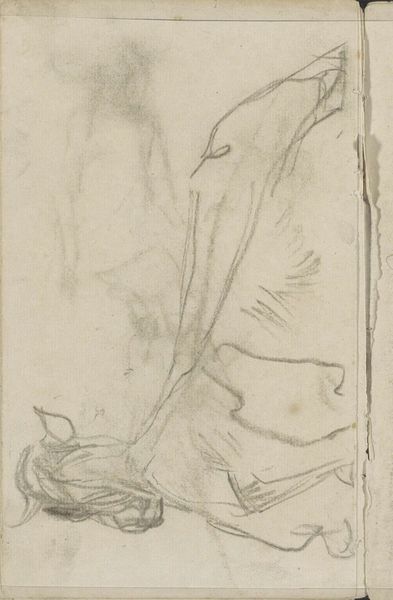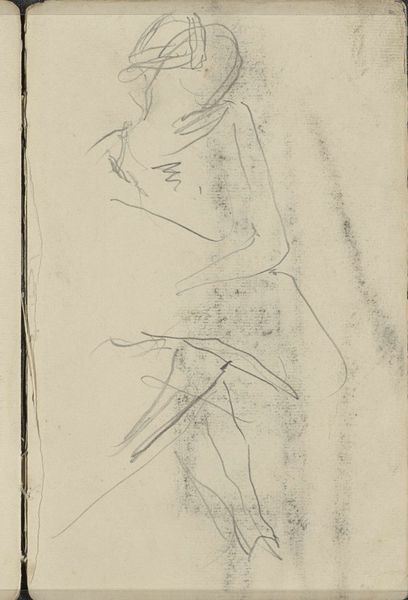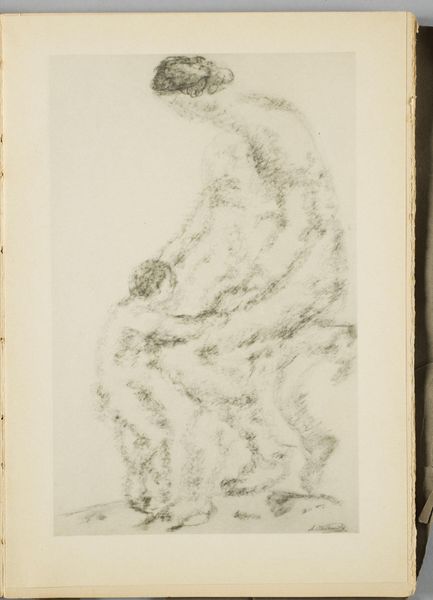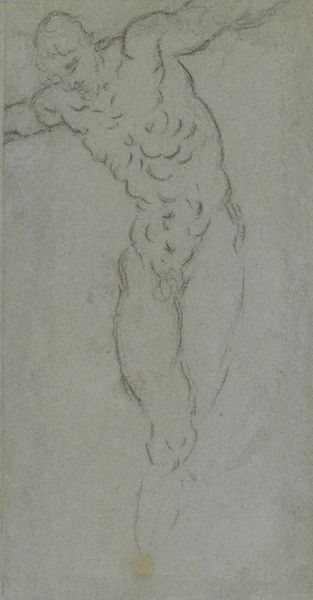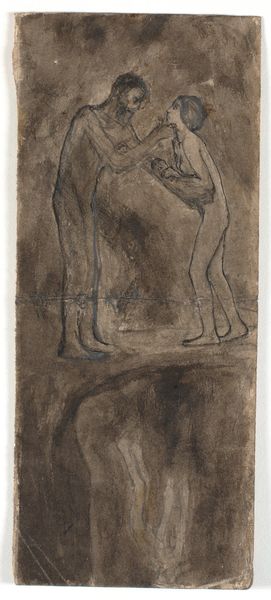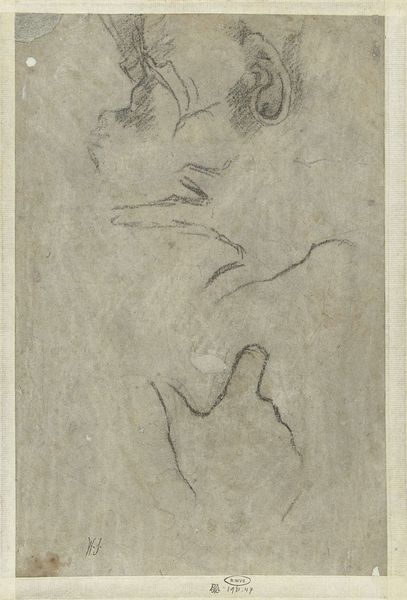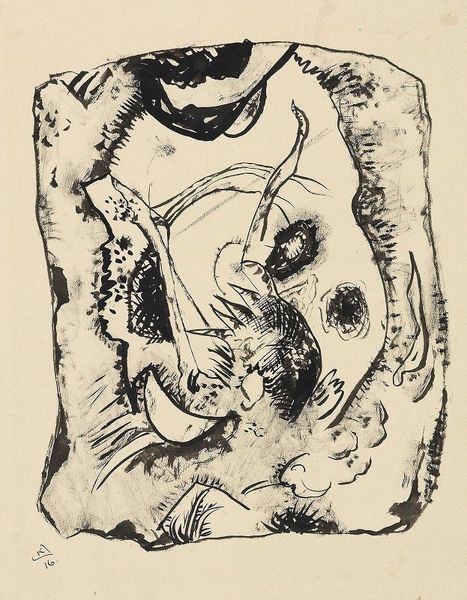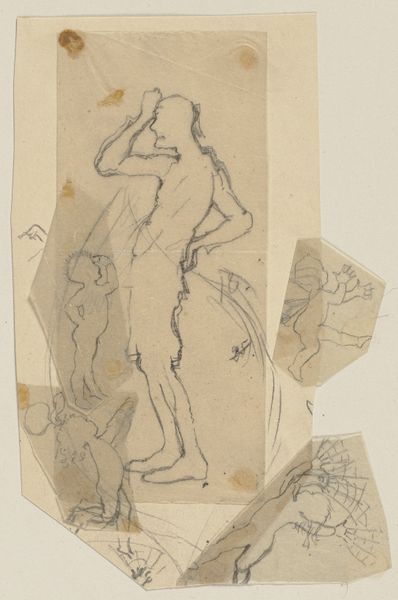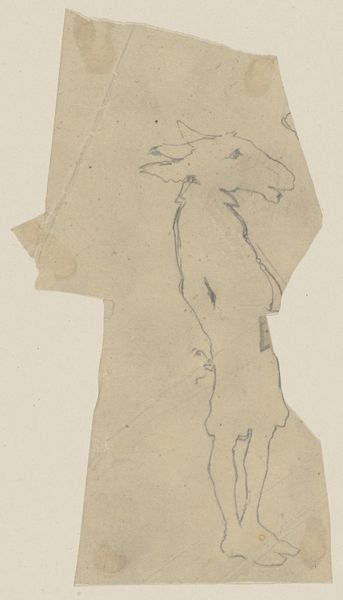
drawing, ink
#
portrait
#
drawing
#
charcoal drawing
#
ink
#
expressionism
#
nude
#
modernism
#
watercolor
Copyright: Public domain
Editor: This is Jules Pascin's "Clara" from 1926, a delicate drawing made with ink and charcoal, maybe even watercolor, on paper. It's a nude figure, almost ethereal. What do you see in this piece? Curator: Beyond the immediate visual, I see a portrait deeply entrenched in the cultural milieu of its time, specifically regarding the male gaze and the objectification of the female body. Pascin, a male artist, is portraying a female subject. What power dynamics do you think are at play here, particularly in relation to the nude form and the implicit spectator? Editor: Well, I suppose there’s an undeniable power imbalance. It feels almost voyeuristic, but maybe that’s just my modern interpretation. Was this typical of the period? Curator: Absolutely. The male gaze dominated artistic representation. This era saw a surge in representing women, often through the lens of male desire. But it's also interesting to consider Clara's agency, if any. Does the pose seem vulnerable, defiant, or somewhere in between? Think about the ways women artists were challenging such depictions then, and how artists now reclaim these historical images. Editor: I see what you mean. There's a softness to it, but something also unsettling about the lack of distinct features. How would you relate it to expressionism? Curator: Expressionism, at its core, distorts reality to convey inner emotion. How might Pascin be using the distortion of form here not just to evoke emotion but perhaps to comment on the idealized image of women perpetuated by the male gaze? The lack of detail could signify an erasure of individuality, reinforcing societal expectations. Editor: It's much more complex than I initially thought! It shows the gaze of the artist at the time, in context with the artistic trends then. Curator: Indeed. Recognizing the power dynamics at play allows us to engage with the art more critically, sparking dialogues around gender, representation, and historical context. It prompts us to reconsider whose stories are told and how. Editor: Absolutely. I'll remember to consider such things when looking at portraits moving forward.
Comments
No comments
Be the first to comment and join the conversation on the ultimate creative platform.

